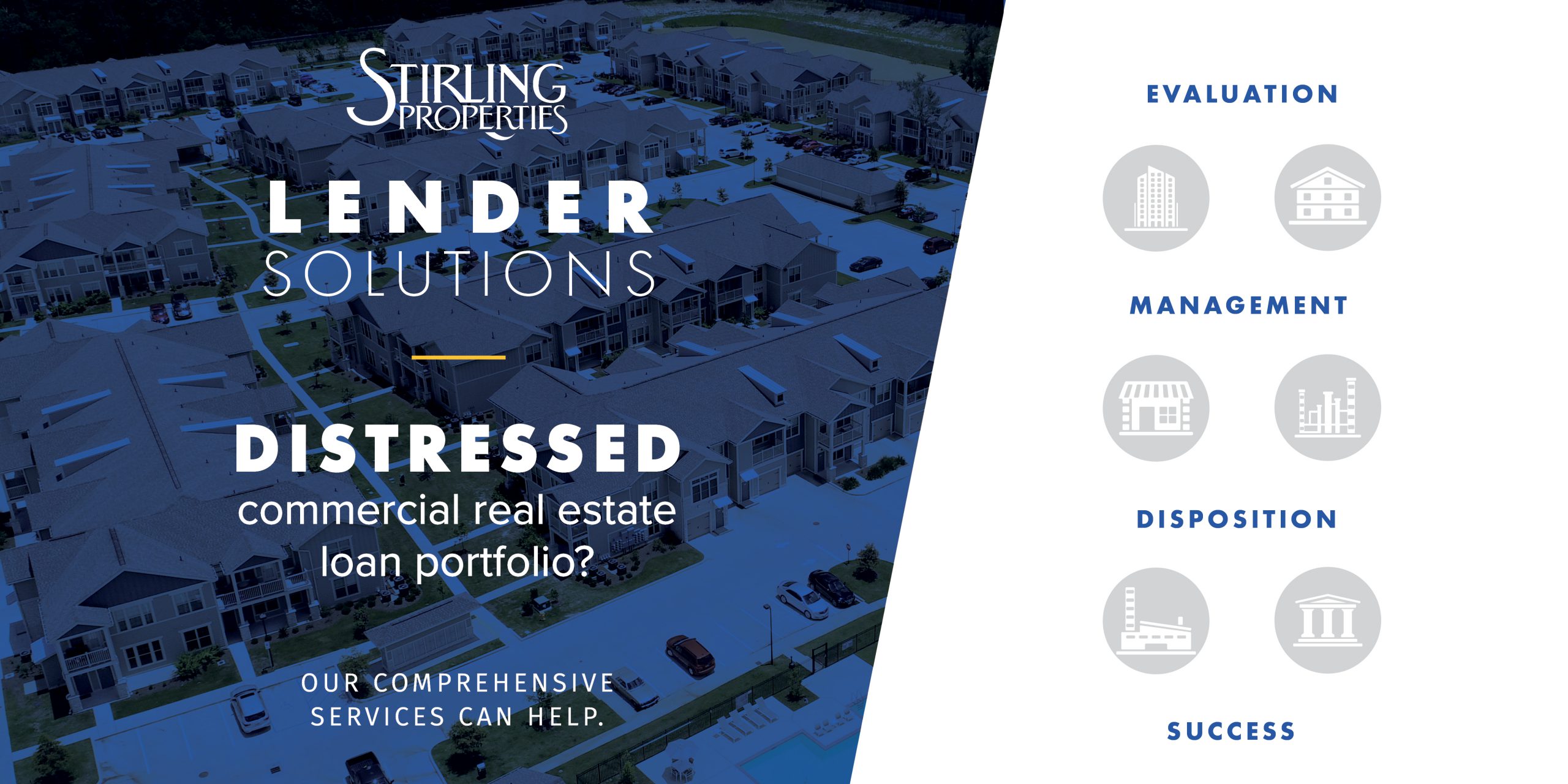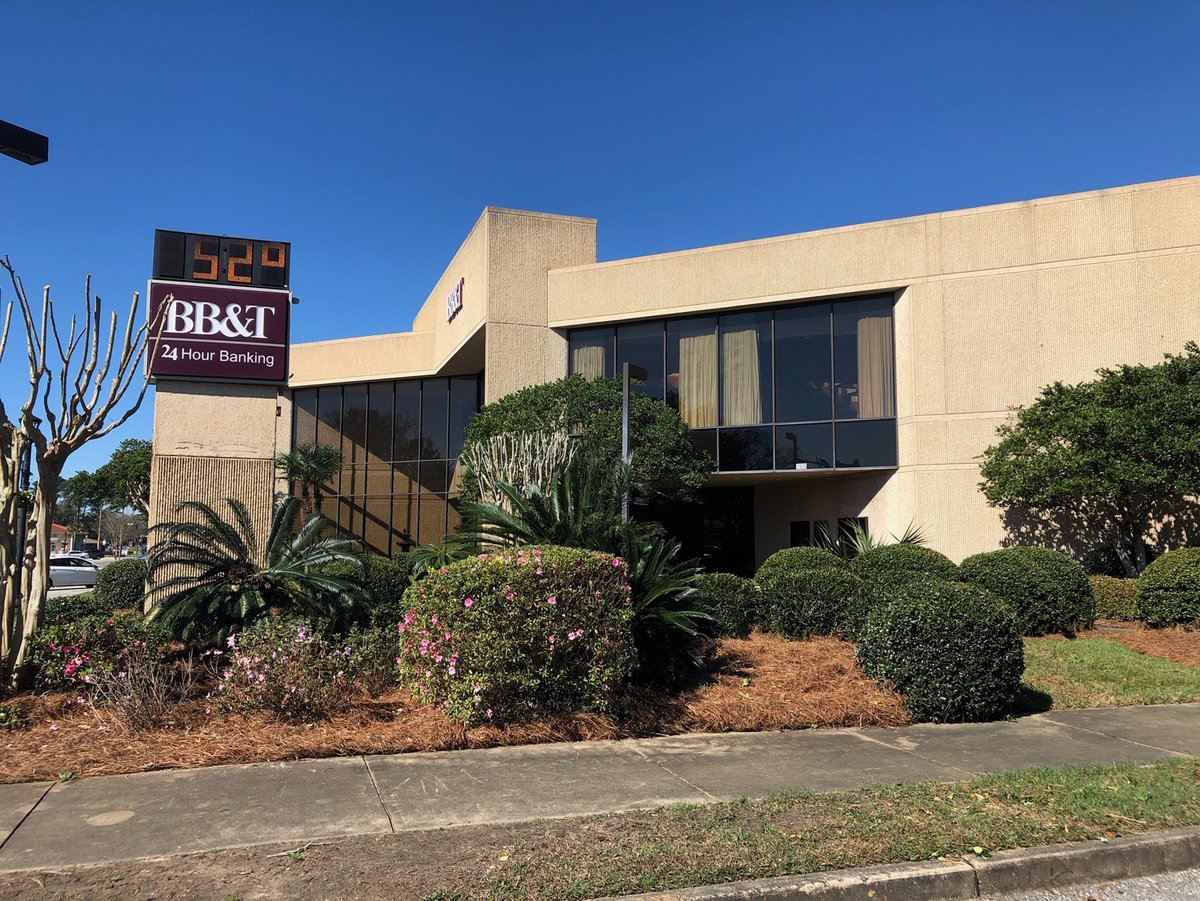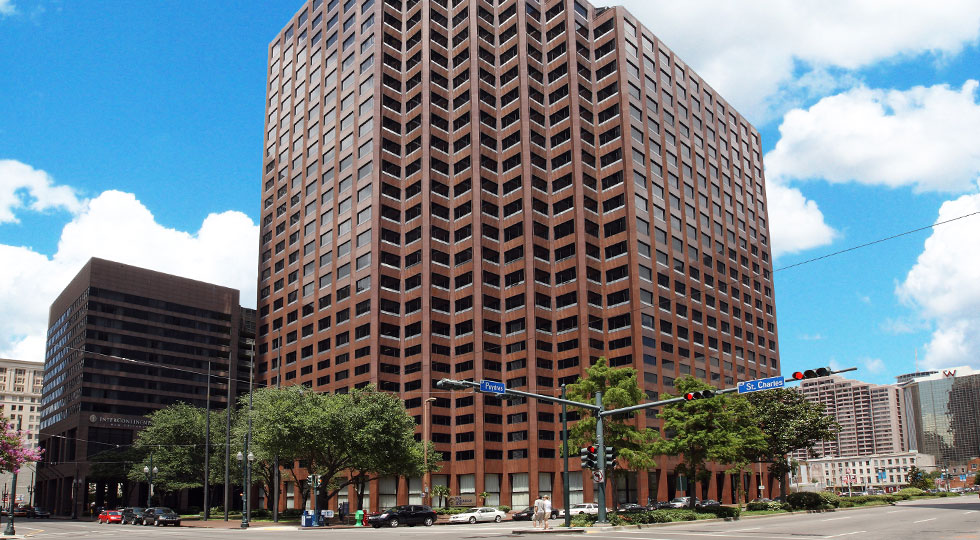So, what’s coming next for lenders and borrowers of CRE?
Commercial real estate today is extremely dynamic. Under “normal” circumstances, that is a positive thing, but in the context of the events over the last four months, dynamic is detrimental. There has been much discussion about accelerated uses of technology in the industry and how it will impact retail, office, hospitality, multi-family and industrial real estate sectors. We hear a lot about PPP funds, rent deferrals, omnichannel strategies, decentralized supply chains, working from home and creating healthy environments for employees and customers.
One issue, though, that to this point has been largely missed is the relationship between lenders and borrowers. Over the next few years, there will unquestionably be fallout from the aforementioned discussions that will ultimately put stress on the relationship between lender and borrower in the commercial real estate space. So, what’s coming, and how do we address it?
To look at the future, the first step is to understand the underlying issues of where we are today. In this Covid-19 landscape, the stress on businesses has significantly impacted landlords across the board. Forced closures by governing authorities, diminished foot traffic in retail, vacant hotels, lower utilization of office space and disrupted supply chains are all examples of issues that tenants have faced throughout the commercial real estate sector. Even in multi-family where tenancy has remained high, and rent collections stayed strong, there is a fear that once the stimulus provided by the Federal Government is no longer a factor, collections could become a massive issue.
The effects on lenders and borrowers will be felt across the board. If tenants can’t pay rent, which, in turn forces landlords to either seek relief from their lender or not perform on loan requirements, what happens next? For the few borrowers with deep enough pockets, they could attempt to pay penalties or cover debt service themselves, but at the expense of wiping away a lifetime of work and cash reserves. Furthermore, there is no guaranty that in six months or a year down the line, there will be enough tenants paying rent to stabilize the property and sustainably cover debt payments. Some tenants have continued to stay afloat, but how long can they hold on operating at reduced capacity, unable to get stable shipments of supplies or workers. And, how long can a landlord continue to float the debt service from reserves before they are gone altogether?
So far, most landlords and tenants have recognized their unique predicament and have tried diligently to work together to bridge the gap for survival. Still, as time goes on, this will become less tenable, and there will be fallout. The same issues will inevitably arise between the lender and borrower. We already see this in the CMBS segment of our market, where both sides have less leeway to work through cash flow issues. That said, the real stress has yet to be realized across the industry.
As the crisis continues—regardless of the pace of recovery—more commercial properties will certainly be impacted in both the short- and long-term. We anticipate a significant increase in distressed properties, which will go into servicing or foreclosure. As a result, investors and property owners will be left to sort through the chaos.
At Stirling Properties, we have begun working with lenders, servicers and property owners to strategize solutions for potential problems that continue to grow as loans rollover, values decrease and properties default. While there is no one-size-fits-all solution to the issues, our Lender Solutions Program can help.
We have created a platform that, regardless of the type of lender or borrower issues, can help to alleviate the stress. Stirling Properties has a proven track record of success working with all commercial property types to develop a plan and achieve the end goal. Whether it is to stabilize an asset for the current borrower, manage a property and process through foreclosure, or ultimately find the right purchaser through asset disposition, we have the experts to achieve the desired results.
If you are an investor, property owner or lender who needs assistance with valuation, asset and property management, development or disposition services, please reach out to us. Our experienced commercial advisors are knowledgeable in various property types and market segments.
Our Lender Solutions Program can help you determine the next steps. For more information, contact Chris Abadie at (985) 246-3721 or cabadie@stirlingprop.com.
Real estate scholarship fund established for Tulane University graduate students in New Orleans, Louisiana
Stirling Properties announces the Maurin Ogden Tulane Real Estate Fund, a new academic scholarship opportunity for Tulane University graduate students pursuing a real estate or related degree.
In partnership with Tulane University and ICSC (International Council of Shopping Centers) Foundation, the Maurin Ogden Tulane Real Estate Fund focuses on academic and professional development for graduate students enrolled in the A.B. Freeman School of Business and School of Architecture. Underwritten by Jimmy Maurin and Roger Ogden, founders of Stirling Properties, the new fund will distribute $10,000 a year for academic awards over the next ten years.
As part of the fund, one (1) $5,000 scholarship will be awarded each year for qualified tuition and related expenses. The scholarship recipient will also receive ICSC Student Membership and participation in the ICSC Mentorship Program specifically designed for emerging real estate professionals who are seeking to develop their careers and build relationships in the commercial real estate industry.
In addition, five (5) Conference Awards will be given annually for students, providing all-expense-paid attendance to ICSC RECon in Las Vegas, the world’s largest retail real estate convention, offering the students valuable exposure to industry leaders and potential employers.
Working with the ICSC Foundation, Stirling Properties has been actively involved in leading efforts to help create and maintain a pipeline of diverse and robust talent for the future of the commercial real estate industry. The company established a similar scholarship program at LSU in Baton Rouge, Louisiana, where it has been instrumental in introducing students to academic and career placement opportunities over the past several years.
“This is an extraordinary opportunity for us to invest in the future of our industry, while also supporting our local communities,” said Maurin. “We are thankful for ICSC’s partnership in helping us to expand this program to Tulane University students and build awareness for real estate among young people entering the job market. Our goal is to attract and develop the best and brightest talent pool for the commercial real estate industry—the next generation of leaders in our businesses.”
“Thank you to Stirling Properties’ founders, Jimmy Maurin and Roger Ogden, for their generosity and continued commitment to educational and professional development. The Maurin Ogden Tulane Real Estate Fund will create meaningful opportunities for students to connect with industry professionals, access valuable educational resources, and participate in experiential learning. As a recent graduate of the Tulane MBA program, I know how impactful this scholarship and partnership will be, and I am proud to now help with these efforts,” said John Woodard, Development Manager with Stirling Properties.
The Maurin Ogden Tulane Real Estate Fund is expected to be awarded this fall and will be established and administered by Tulane University according to its policies and procedures for non-endowed funds.
Stirling Properties Awarded Management & Brokerage Assignment for BB&T Building in Foley, AL
Renovations & exterior updates planned for the office/retail space.
Stirling Properties commercial real estate company was recently awarded the exclusive property management and brokerage assignment for the BB&T Building located at 200 West Laurel Avenue in Foley, AL.
The 21,403-square-foot building is positioned in downtown Foley’s historic business district, one block west of the intersection of Highway 59 and Highway 98. It is anchored by BB&T Bank.
Stirling Properties is working with the property owner on renovations to the building, including modifications and modernization of the interior to convert the former bank lobby into a flexible work/event space. It is anticipated that the second-floor former bank office will be a single office user or divided into smaller office suites. Other plans include the redesign of the landscaped area facing the intersection of West Laurel and South Alston Streets to create an outdoor plaza with seating.
Stirling Properties’ commercial advisors Amanda Goldman and Jason Scott are the leasing agents for the property and are working to fill the remaining office and retail space. Approximately 16,000 square feet of space is available for lease on the upper and lower levels.
“We are thrilled to be involved in the management and leasing of the BB&T Building. It’s a beautiful property offering prime commercial space in a high-growth area of Foley,” said Goldman. “This building will continue to play a vital role in downtown Foley’s live, work, play environment. Stay tuned for updates on renovations and the upcoming open-house to be announced soon.”
Stirling Properties is located at One St. Louis Centre, 1 St. Louis Street, Suite 4100 in Mobile, Alabama, and 220 West Garden St., Suite 802 in Pensacola, Florida. The company manages more than 20 million square feet of commercial property across the Gulf South region, including office, retail, industrial, medical, multifamily and mixed-use real estate assets.
For leasing information, contact Amanda Goldman at agoldman@stirlingprop.com / 251-375-2490 or Jason Scott at jscott@stirlingprop.com / 850-418-6792.
For asset & property management information, contact Robin Hayles at rhayles@stirlingprop.com or (251) 342-7229.
Now, Next & Beyond: The path forward for reentry into the office space
As the COVID-19 pandemic continues to rewrite the rules of daily life, both personally and professionally, every business must deal with the unprecedented challenges that few of us ever expected. We in commercial real estate need no reminder of the extraordinary times we are currently experiencing. The retail real estate sector remains the most immediately and directly affected economically by the coronavirus pandemic, with April rent collections down on average of 35% – 45%. Compare that with multifamily, industrial and office tenants, where rent collections are around 90%. However, regardless of the sector or market, the future remains uncertain.
Unlike other disruptions where we can point to a specific cause and implement a plan of action, the challenging nature of this new coronavirus, along with its systemic impact on almost everything we do, makes near-term planning a crapshoot. Hence the difficulty in not only containment but in planning just what our “new normal” will look like—particularly for the office environment.
As areas begin to stabilize and stay-at-home restrictions are lifted, businesses will start the process of reopening, reentering and recovery. The path forward for office landlords and occupants can be viewed in three phases: now, next and beyond.
Now
The “now” is what businesses are currently experiencing and how they are reacting to the situation at hand. A recent Gartner, Inc. survey of HR executives found that 88% of organizations have encouraged or required their employees to work from home. Additionally, daily usage of the Zoom meeting platform has increased more than 300% from before the pandemic. Companies are doing whatever it takes to keep their workforce productive and find creative ways to serve their clients and customers. The place and pace in which employees work may have changed, but if you are the CEO, leader or stakeholder of a company, your mind is centered on subsequent steps—what’s next? The social investments we have made and continue to make will determine how long we stay in the “now.”
Next
“Next” as it concerns the reopening of companies is what landlords and employers are focusing on—the “reentry” phase. As we begin to bring workers back into the office, the physical space and social dynamic of the workplace will undoubtedly change. Employers will first have to find a balance between those who don’t yet feel comfortable returning to the office and those who welcome a return.
What near-term solutions will employers and building landlords be required to put in place for the office environment as we transition through the phases of reopening the economy over the next few months? Obviously, the health and wellness of people will be paramount. Staggering schedules of the workforce coming back into the office, so there are fewer employees present at one time, and coming up with creative wayfinding around common areas and office amenities will be needed to address how we meet social distancing guidelines. Reduced touchpoints, cleaning procedures and sanitizing must be enhanced. New guidelines that change how we interact person-to-person with our coworkers and clients, like controlled access and visitor policies, will need to be determined.
Flexibility is going to be a critical factor once we start emerging from uncertainty over the next few weeks. If all goes well, distancing measures will technically be relaxed, but how many of the near-term policies and procedures will become long-term changes to how and where we interact with each other?
Beyond
“Beyond” is an extension of “next.” As “next” is considered near-term, “beyond” is long-term. It is believed that it takes approximately 66 days for a new behavior to become a habit. How many of the near-term policies will become permanent in the office ecosystem? Real estate owners and operators across every asset class are considering the long-term impacts of the coronavirus outbreak and required modifications that these shifts are likely to bring.
For example, the recent trend toward densification of the workspace may change, but the need for social interaction and professional collaboration—in a safe environment—will certainly keep us in the office. This could result in the reintroduction of hard separations between desks or staggered workspaces, plexiglass dividers or cough shields between coworkers, widened corridors, the continued use of Zoom and other teleconference platforms within the office for team meetings, the list goes on as far as space planners and social engineers can imagine.
Various data show that anywhere from 5% – 20% of the workforce that previously operated from company offices will become permanent work-from-home employees, potentially reducing the need for office space. Then again, as distancing and safety become part of our social psyche, and public health codes place occupancy limits on space planning, the employee-per-square-foot ratio will likely increase, producing an uptick in demand for office real estate. The obvious question is, will one offset the other?
Long-term corporate real estate decision-making will likely be put on hold for some time as we reenter the workplace. Fewer organizations are going to feel comfortable signing a 3- or 5-year lease for office space because of the need to maintain as much flexibility as possible. As tenants and landlords shake out how best to accommodate their mutual needs, the opportunity will lie in rethinking office space to make it more accommodating for employees, whether that means more or less square footage.
On the landlord side, owners with patience and enough working capital to endure the short-term volatility and initial stress of the post-pandemic lease-up will emerge the winners. They will maintain a strong presence in urban centers, with updated spaces that meet the “new normal” tenants will seek.
We don’t know what’s going to happen over the next weeks and months; the situation remains fluid and continually evolving. But as more businesses face various phases of now, next and beyond, the need for professional guidance and best practices and protocols will grow. Please contact us to learn more about how we can help you during these next critical steps. Stirling Properties’ advisors are experienced in all aspects of commercial real estate, including retail, office, industrial, healthcare and multifamily sectors.
Stay safe and healthy.







